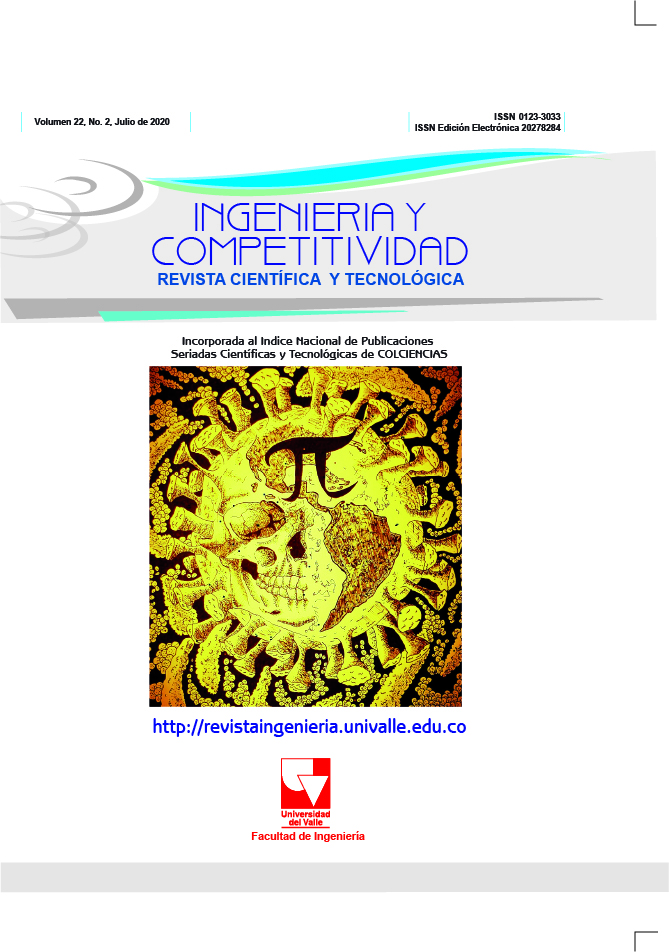Inhibidor formulado con mucílago de linaza (Linum usitatissimum) para el control de la precipitación de incrustaciones minerales
Contenido principal del artículo
Se desarrolló un inhibidor a base de linaza (Linum usitatissimum) que controlara la precipitación de incrustaciones a nivel experimental. Para ello inicialmente se extrajo el gel de linaza mediante un proceso de hidrólisis y a partir de éste se formularon los distintos inhibidores con concentraciones de 30, 40 y 50% m/V, estudiándose así las características fisicoquímicas de cada producto y del gel de linaza. Se formuló un agua sintética y se recolectó una muestra de agua de producción proveniente del Campo Oritupano, las cuales fueron caracterizadas mediante pruebas fisicoquímicas. Posteriormente se evaluó la eficiencia de inhibición del producto formulado, considerando la norma NACE TM 0374-2007, a las dosis de 10, 55 y 100 ppm, resultando ser el inhibidor de 50% m/V el más eficiente, arrojando valores de eficiencia comprendidos entre 59% y 95.67% para el agua de producción y de 36.67% y 92.22% para el agua sintética, dando a demostrar que a mayor concentración aumentaba la eficiencia. Para finalizar, se aplicó un análisis de varianza ANOVA entre los inhibidores formulados y un inhibidor comercial de referencia, obteniendo un comportamiento bastante similar al inhibidor patrón y demostrando su eficiencia. Concluyendo que los inhibidores a base de gel de linaza resultaron ser eficientes en la inhibición de incrustaciones minerales y la precipitación de sales, debido a que, en algunos casos, presentaron eficiencias mayores que el producto comercial evaluado.
- Agua de producción
- Agua sintética
- Incrustaciones
- Inhibidor
- Linaza
Descargas

Esta obra está bajo una licencia internacional Creative Commons Atribución-NoComercial-CompartirIgual 4.0.
Los autores que publican en esta revista están de acuerdo con los siguientes términos:
Los autores ceden los derechos patrimoniales a la revista y a la Universidad del Valle sobre los manuscritos aceptados, pero podrán hacer los reusos que consideren pertinentes por motivos profesionales, educativos, académicos o científicos, de acuerdo con los términos de la licencia que otorga la revista a todos sus artículos.
Los artículos serán publicados bajo la licencia Creative Commons 4.0 BY-NC-SA (de atribución, no comercial, sin obras derivadas).





